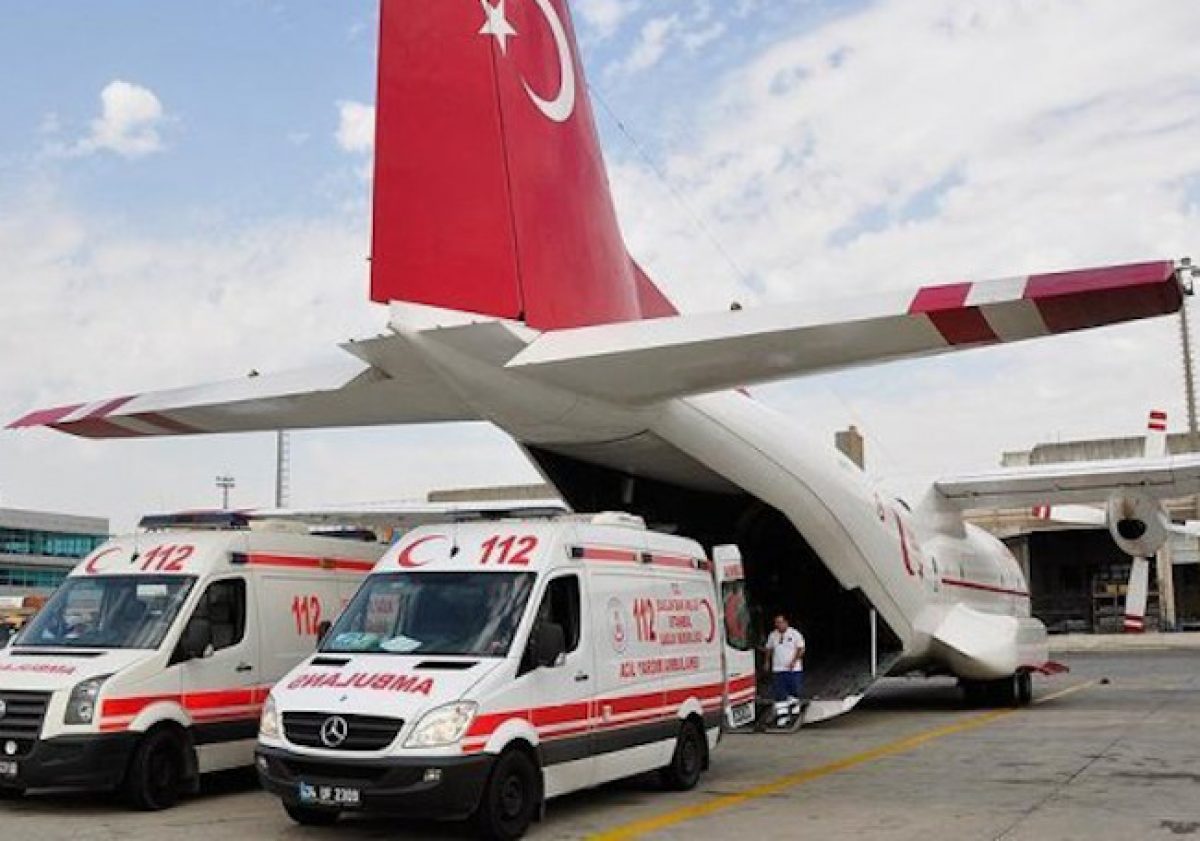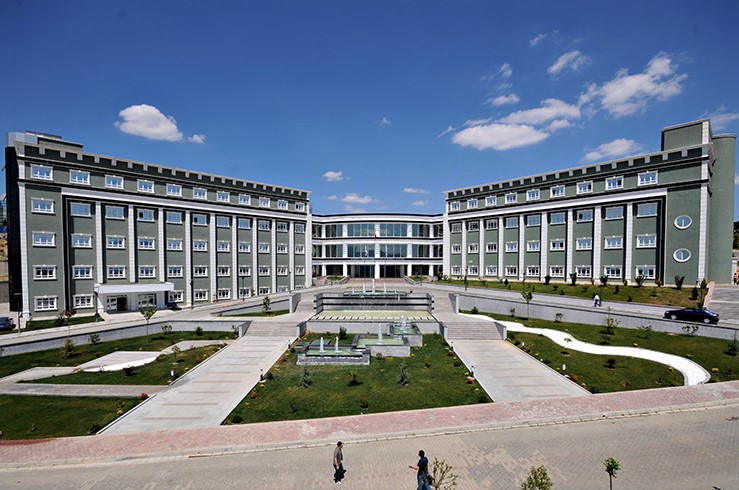
The effect of lockdown and curfew on health care in the COVID-19 pandemic: Sakarya University study
The University of Sakarya (Turkey) has published an interesting scientific paper on the effect of curfew, or lockdown, on health care during the COVID-19 pandemic.
Many countries, including Italy and Turkey, took initial action to limit the spread of the coronavirus by suspending entry and exit from national borders, and therefore international flights.
They then established home isolation, restricted access to public activities and curfews.
In Italy, in fact, it is still forbidden to go out on the streets between 10 p.m. and 5 a.m., except in very specific and defined cases.
The effects of curfew on health care in COVID-19, the study published
The aim of this study was to identify the effect of curfew enforcement during the COVID-19 pandemic, in order to determine and identify whether curfew has a positive effect on health care workload.
The number of patients admitted to Sakarya University Training and Research Hospital, their means of arrival, hospital admissions, and demographic characteristics were retrospectively examined for the curfew period in April and May 2020 and the corresponding days in 2019.
Significant statistical differences between the two periods were analysed.
At the end of a careful analysis of the data, reading the pdf in full form is at the end of the article, the researchers concluded that curfew is one of the effective measures in several countries to mitigate the spread of COVID-19.
The complete lockdown applied on weekends and public holidays in Turkey significantly reduced unnecessary hospital admissions, the number of ambulances used, and produced a positive result in reducing trauma admissions, such as those from road traffic accidents and work-related injuries.
It also reduced the workload of health workers, who were already hard-pressed by the workload caused by the pandemic.
![]() Read the Sakarya University publication on COVID-19 curfew and health care
Read the Sakarya University publication on COVID-19 curfew and health care
Universita turchia 483-Article Text-2320-3-10-20210101
REFERENCES
Camitz, M., & Liljeros, F. (2006). The effect of travel restrictions on the spread of a moderately contagious disease. BMC medicine, 4(32). doi: https://doi.org/10.1186/1741-7015-4-32
Huang, C., Wang, Y., Li, X., Ren, L., Zhao, J., Hu, Y., … & Cheng, Z. (2020). Clinical features of patients infected with 2019 novel coronavirus in Wuhan, China. The lancet, 395(10223), 497-506. doi:https://doi.org/10.1016/S0140-6736(20)30183-5
Khosrawipour, V., Lau, H., Khosrawipour, T., Kocbach, P., Ichii, H., Bania, J., & Mikolajczyk, A. (2020). Failure in initial stage containment of global COVID‐19 epicenters. Journal of Medical Virology, 92, 863-867. doi:https://doi.org/10.1002/jmv.25883
Li, Y., & Xia, L. (2020). Coronavirus disease 2019 (COVID-19): role of chest CT in diagnosis and management. American Journal of Roentgenology, 214(6), 1280-1286. doi: https://doi,org/10.2214/AJR.20.22954
Melnick, E. R., Szlezak, C. M., Bentley, S. K., Dziura, J. D., Kotlyar, S., & Post, L. A. (2012). CT overuse for mild traumatic brain injury. The Joint Commission Journal on Quality and Patient Safety, 38(11), 483-489. doi:https://doi.org/10.1016/S1553-7250(12)38064-1
Musey, P. I., Lee, J. A., Hall, C. A., & Kline, J. A. (2018). Anxiety about anxiety: a survey of emergency department provider beliefs and practices regarding anxiety-associated low risk chest pain. BMC emergency medicine, 18(10). doi:https://doi.org/10.1186/s12873-018-0161-x
Rodriguez-Morales, A. J., Cardona-Ospina, J. A., Gutiérrez-Ocampo, E., Villamizar-Peña, R., Holguin-Rivera, Y., Escalera-Antezana, J. P., … & Paniz-Mondolfi, A. (2020). Clinical, laboratory and imaging features of COVID-19: A systematic review and meta-analysis. Travel medicine and infectious disease, 34 (101623). doi:https://doi.org/10.1016/j.tmaid.2020.101623
Shatz, D. V., Zhang, C., & McGrath, M. (1999). Effect of a curfew law on juvenile trauma. Journal of Trauma and Acute Care Surgery, 47(6), 1013.
Usher, K., Bhullar, N., & Jackson, D. (2020). Life in the pandemic: Social isolation and mental health. Journal of Clinical Nursing. 29, 2756-2757. doi:https://doi.org/10.1111/jocn.15290
Wang, C., Pan, R., Wan, X., Tan, Y., Xu, L., Ho, C. S., & Ho, R. C. (2020). Immediate psychological responses and associated factors during the initial stage of the 2019 coronavirus disease (COVID-19) epidemic among the general population in China. International Journal of Environmental Research and Public Health, 17(5), 1729. doi:https://doi.org/10.3390/ijerph17051729
World Health Organization. (2020). WHO Announces COVID-19 Outbreak a Pandemic. Geneva: World Heath Organization. Retrieved from: https://www.euro.who.int/en/health-topics/health-emergencies/coronavirus-covid-19/news/news/2020/3/who-announces-covid-19-outbreak-a-pandemic
World Health Organization. (2020). A Guide to WHO’S Guidance on COVID-19. Geneva: World Heath Organization. Retrieved from: https://www.who.int/news-room/feature-stories/detail/a-guide-to-who-s-guidance
World Health Organization. (2020).Mental Health and Psychosocial Considerations During The COVID-19 Outbreak. Geneva: World Health Organization. Retrieved from: https://www.who.int/publications/i/item/WHO-2019-nCoV-MentalHealth-2020.1
World Health Organization. (2020). Pneumonia of unknown cause – China. Geneva: World Health Organization. Retrieved from: https://www.who.int/csr/don/05-january-2020-pneumonia-of-unkown-cause-china/en/
European Centre for Disease Prevention and Control. (2020). Cluster of pneumonia cases caused by a novel coronavirus, Wuhan, China. ECDC: Stockholm. Retrieved from: https://www.ecdc.europa.eu/sites/default/files/documents/Risk%20assessment%20-%20pneumonia%20Wuhan%20China%2017%20Jan%202020.pdf
Grossman, E. R., & Miller, N. A. (2015). A systematic review of the impact of juvenile curfew laws on public health and justice outcomes. American journal of preventive medicine, 49(6), 945-951.doi:https://doi.org/10.1016/j.amepre.2015.07.021



